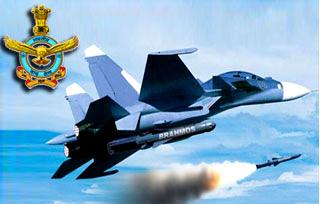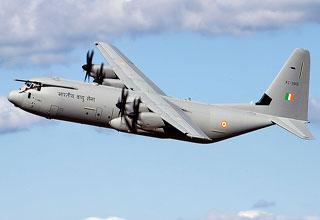
India received its first Phalcon AWACS in May 2009.
NEW DELHI (PTI): India is planning to develop indigenous Airborne Warning and Control Systems (AWACS) aimed at boosting its air defence capabilities.
The proposal to develop the indigenous system under project 'AWACS-India' will be sent for approval of Cabinet Committee on Security (CCS) in a month or two, DRDO officials said here.
Under the project, high-calibre radars would be fitted on heavy-lift transport aircraft such as the IL-76 or Boeing.
Presently, Indian Air Force (IAF) is operating three Phalcon AWACS procured from Israel. These AWACS are fitted on Russian-origin IL-76 transport aircraft.
DRDO is also developing smaller version of the AWACS known as Air-borne Early Warning and Control (AEW&C) systems.
Under the AEW&C project, DRDO is fitting the radars and other aerial monitoring systems on Embraer jets procured from Brazil. Two of these fully functional systems will be delivered to India by the end of this year, the officials said.
Following a series of successful test flights, the antennas are now being mounted on the Embraer jets after which the system will be put through the final trials, they said.
Besides detecting hostile combat aircraft in the air, AWACS is also used for detecting hostile missiles and other air-defence assets of the enemies. It can also help detect troop build-up across the border.
The AWACS from Israel are being procured under a 2003 deal worth USD 1.1 billion. The AWACS have also participated in a number of major exercises, controlling the flight operations of the frontline fighter aircraft of the Indian Air Force (IAF).
Plans are also anvil to link these AWACS with the military satellite to increase their range and effectiveness.
 Previous Article
Previous Article Next Article
Next Article













The Indian Air Force, in its flight trials evaluation report submitted before the Defence Ministry l..
view articleAn insight into the Medium Multi-Role Combat Aircraft competition...
view articleSky enthusiasts can now spot the International Space Station (ISS) commanded by Indian-American astr..
view article